Composing and decomposing shapes is a major part of geometry and spatial awareness. Hands-on block building is an invaluable component of early education, and should have a dedicated time and place in your classroom for all the benefits it brings.
Building with blocks draws upon children’s creativity and problem solving. Block building enriches learning experiences through imaginative and narrative play, and is super engaging for young mathematicians. You’ll be amazed by what they discover through this hands-on work!
2D Block Building:
Pattern Blocks
Pattern blocks are a seemingly ubiquitous manipulative in early education classrooms, and the shapes themselves have benefits and drawbacks. For example:
Most of the shapes in this set fit together to form other shapes in the set, supporting student understanding of composing and decomposing shapes.
Because each shape in the set only comes in one color and size, these blocks may reinforce misconceptions about shape attributes (by leading students to believe that triangles, for example, are always small, green, and equilateral).
We can build students’ capacity to manipulate shapes with translations (flipping, sliding, turning) and their understanding of composing and decomposing shapes by inviting them to create shapes with pattern blocks in many different ways.
How many ways can students use pattern blocks to make a...
six-sided star?
hexagon?
triangle?
This activity also encourages flexible mathematical thinking by reinforcing the message that there can be multiple solutions to a mathematical problem!
Download templates for this activity HERE.
3D Block Building: Magnetic Tiles
Perhaps a less common manipulative in the classroom is magnetic tiles. These are typically pricey but very durable and open up so many possibilities. Because these shapes stick together at their edges with magnets, students can easily compose and decompose three-dimensional shapes.
This experience helps young mathematicians understand the flat, 2D faces that make up a 3D shape, called the “net.”
Download these illustrations to inspire your students’ block building with neighborhood architecture.
Additional Resources
For another fun take on the six-sided star activity, see The Hexagon Challenge from Public Math.
Check out this variation on the traditional pattern block collection: 21st Century Pattern blocks from Christopher Danielson at Talking Math with Your Kids. This set introduces new shapes, new colors, new relationships, and new possibilities to composing and decomposing shapes.
Stanford’s DREME Network has many block building activities that connect children’s creativity and spatial sense. (These are intended for preschool students, but can easily be adapted for later grades.)








